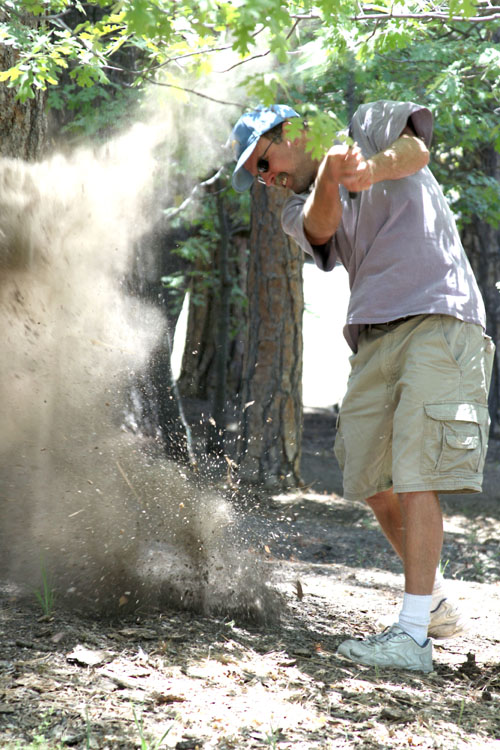When I started backpacking over two decades ago, I was convinced that packing fresh food was “verboten.”
The colossal weight of several extra ounces of avocado on your back were just not worth the delight of savoring it’s creamy green goodness. The hiking gods would never allow such a sin to go unpunished.
If you knew what was good for you, you’d stick with convenient and quick meals of dehydrated chicken and rice and count your bland, ultralight blessings.
While I still invest in lightweight gear, I’ve moved steadily away from gulping down the mummified remains of freeze-dried meals. I now know it’s possible to cook real food without wasting hours hunched over the stove or earning a hernia while carrying my dinner.
Here’s some helpful hints to turn your boring freeze-dried dinner into a (relatively) lightweight backcountry delight:
- Spices, spices, spices! Spices are worth their weight in gold. Salt and pepper are a must, but you can also bring anything from cumin to garlic powder. Skip the full containers and use Ziplock baggies for your kitchen on the go.
- Remember: Water is water. Your body doesn’t know the difference between the water in your Nalgene and in that succulent heirloom tomato. Since you’ll be carrying that water weight anyway, wouldn’t you rather it be in the form of delicious juicy fruits and veggies?
- Include healthy fats. Fat carries the most flavor and serves as a great source of energy and materials to help your body to repair itself. Butter, olive oil, avocado oil and coconut oil are all great choices. Ounce for ounce, fats provide the most fuel and flavor you need to keep going.
- Freeze your first night’s protein. Stash a great steak in the freezer overnight before your trip. Just before you’re about to go, take it out, double ziplock bag it and pack it deep in the center of your pack. Your other gear will act as insulation keeping it cold and leaving you with a real treat at the end of the day.Unfortunately veggies and fruits generally do not freeze well. Ice crystals break up their cell structure and they will turn into mush as they melt.
- Precook some of your ingredients for the first night’s meal. Food such as onions, mushrooms and other side dish veggies can be precooked and then added to your pan at the last minute. You’ll cut down on cooking time, the size of pans and amount of fuel you’ll need to carry.
- Choose dehydrated wisely. Instead of going for bland dehydrated meals, choose individual dry ingredients that will actually enhance the end flavor of your meal. Sundried tomatoes, herbs and dried mushroom medleys are all just waiting to be rehydrated and mixed in as ultra-flavorful components of your meals.
- Utilize dry staples, such as quick cook rice and pasta, then add fresh ingredients to spice up the meal.
A helpful trick to speed up the cooking process is to add your pasta or rice to a Ziploc bag full of water for the last mile or so (perhaps more depending on estimated cook time) of your hike into camp.
Fresh food may add some weight, but with the right choices it can more than make up for that in flavor. Everything tastes better in the backcountry, but that’s no excuse for eating just plain bad food.










